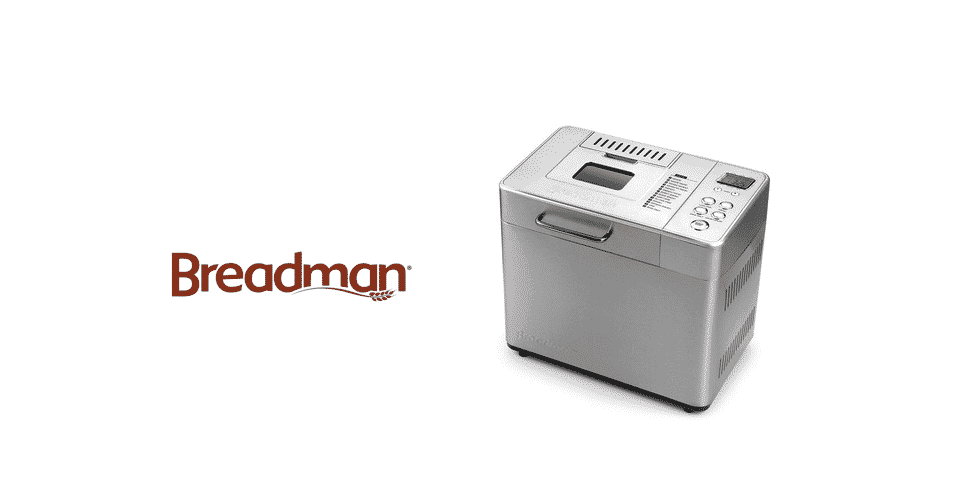
If you have just started making bread, we are certain that you have invested in a special bread maker. To be honest, a bread maker is a great appliance and you won’t regret investing in one. However, it’s essential to consider the Breadman bread maker problems, so you understand the common problems as well as the solutions.
Breadman Bread Maker Problems
1) Heavy & Small Loaf
When people use Breadman bread maker for the first time, they often complain that the loaf comes out heavy and small. It generally happens when the flour to liquid ratio isn’t correct. The best solution is to stick to the recipe because they have the perfect ingredient ratio. Secondly, you should always use active and fresh loaf to ensure bread rises up properly. Lastly, you should keep checking the dough consistency during the kneading because the consistency will impact how the bread comes out. The dough shouldn’t be too stiff or soft. So, add flour and liquid to ensure the dough is properly kneaded.
2) Gummy Bread
When the bread is properly made and baked, it will have a flaky yet airy texture. That being said, when the bread comes out gummy, it’s basically because the dough is undercooked. First of all, you should ensure that the bread pan is big enough to ensure even heating. Secondly, you should check the bread machine and make sure you’ve selected the correct setting. When the bread comes out gummy, it’s best that you opt for a darker setting.
3) Loaf Is Collapsing
Opening the bread machine and finding the collapsed loaf is the last thing you want. To be honest, you cannot fix the already collapsed loaf but you can consider various factors to ensure the next batch comes out fine, such as;
- Always ensure that the pan is big enough for properly heating and baking the bread
- Always follow the recipe’s flour to liquid ratio because it can directly influence the outcome of the bread
- Do check the dough’s consistency during kneading and make sure it’s not too soft or too stiff (you can always tweak the flour or liquid content to make the dough more consistent)
- Never use too much yeast because it rises the dough quicker and then collapses. So, always use the suggested amount of yeast
- In addition to yeast, you should only use salt according to the recipe. This is because how much salt you add will impact the bread’s structure
- Try to bake bread during the colder part of the day because it will keep the structural integrity intact. In addition, you can try using cold water
4) Loaf Has Mushroom Shape
If bread loaf is coming out in mushroom shape, there are chances that dough isn’t receiving even heat, so make sure the pan can provide heating from all sides evenly to cook the dough properly. In addition, the bread’s ingredients need to be accurate and the texture has to be consistent. Lastly, if you have hot and humid weather, it can also impact the loaf’s shape, so it’s best to add cold water for kneading the flour.
5) Excessive Holes
Bread is ought to have a few holes and it’s completely normal. However, if there are too many holes in the bread, you must have changed the flour to liquid ratio (always choose the exact content as suggested in the recipe). In addition, adding too much yeast to the dough will result in excessive holes. Not to forget, you should always add enough salt!
6) Bumpy & Uneven Texture
When you are making bread in the bread maker, you must be extremely particular about the flour type. The flour needs to be the right type (white flour) and make sure it’s not old. Also, don’t use too much flour for kneading the dough because it can result in a denser texture.
7) Bread’s Sides Are Caving In
When bread loaf’s sides start caving in, there are chances that you’ve added too much yeast and liquid while kneading the dough. The yeast should be used according to the recipe and try to reduce the liquid content by a few tablespoons.
8) Knots On The Top
If bread is coming out with knotted top, there are chances that there wasn’t enough water or liquid in the dough. For this reason, you should increase the liquid content sufficiently (don’t make the dough runny).